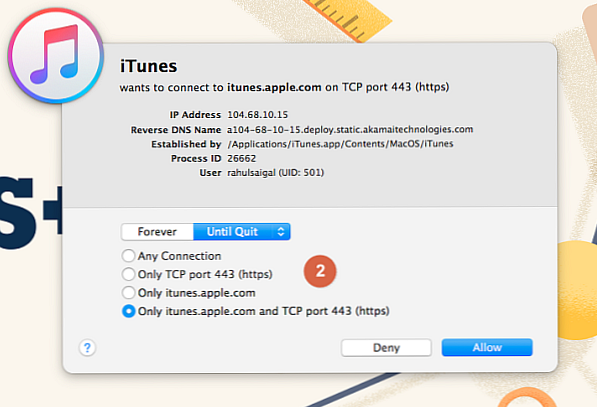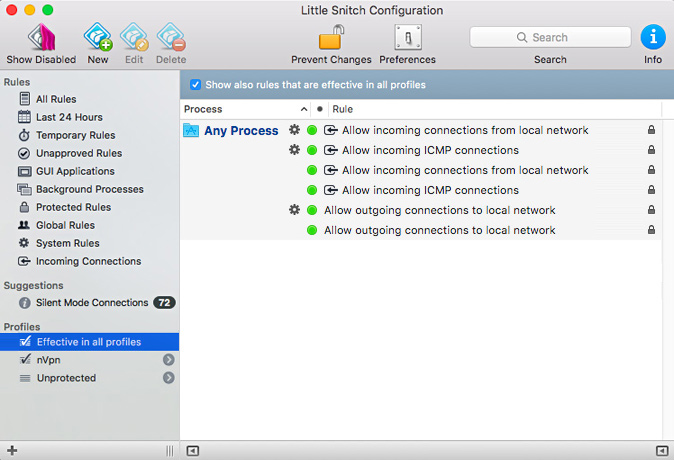- Quit Little Snitch
- Quit Little Snitch Song
- Quit Little Snitch Meaning
- Stop Little Snitch Calling Home
- Quit Little Snitch Book

Objective Development has released Little Snitch 5.0, a major upgrade that brings a design overhaul, improved traffic statistics, a new command-line interface, and compatibility with macOS 11 Big Sur to the network traffic management utility. Version 5 focuses on integrating new network filter technologies introduced by Apple in Big Sur, with the underlying filter engine being re-built to replace the previous kernel extension-based approach that is no longer supported by macOS. Little Snitch 5 requires Big Sur and runs on both Intel- and Apple silicon-based Macs.
Quit Little Snitch
Little Snitch’s new command-line interface enables preferences editing, configuration import and export, debugging, logging, and access to traffic history. The new version also enables you to specify a list of port numbers in rules, prepares the export format for backups in “human-readable” normalized JSON, and records network statistics independently of Network Monitor (so you can quit Network Monitor and still have statistics recorded). Little Snitch 4 licensees can upgrade to version 5 at a reduced price, which you can get by visiting this Objective Development order page. ($45 new, upgrades available, 42.2 MB, release notes, macOS 11+)

Quit Little Snitch Song

Quit Little Snitch Meaning
Little Snitch for Mac OS is a great little gem to protect your data from being sent out to third-party apps through the Internet. For instance, you can use Little Snitch to hamper the outgoing traffic and block websites and apps that require access to the data stored on your Mac. Best audio note app. Jul 28, 2014 CEPHtmlEngine quit unexpectedly tim7.
Stop Little Snitch Calling Home

Quit Little Snitch Book
- Make sure Little Snitch is not running. If it is, quit it. Go to your Applications folder and drag Little Snitch to the Trash. Next, you need to track down all the.
- On my MacBook Pro, I set Little Snitch to ask for nsurlsessiond connection attempts. Here you see it attempting to connect to valid.apple.com right after I plug my MacBook Pro into the power adapter (more on that later). The CPU usage of trustd is 0% at that point.